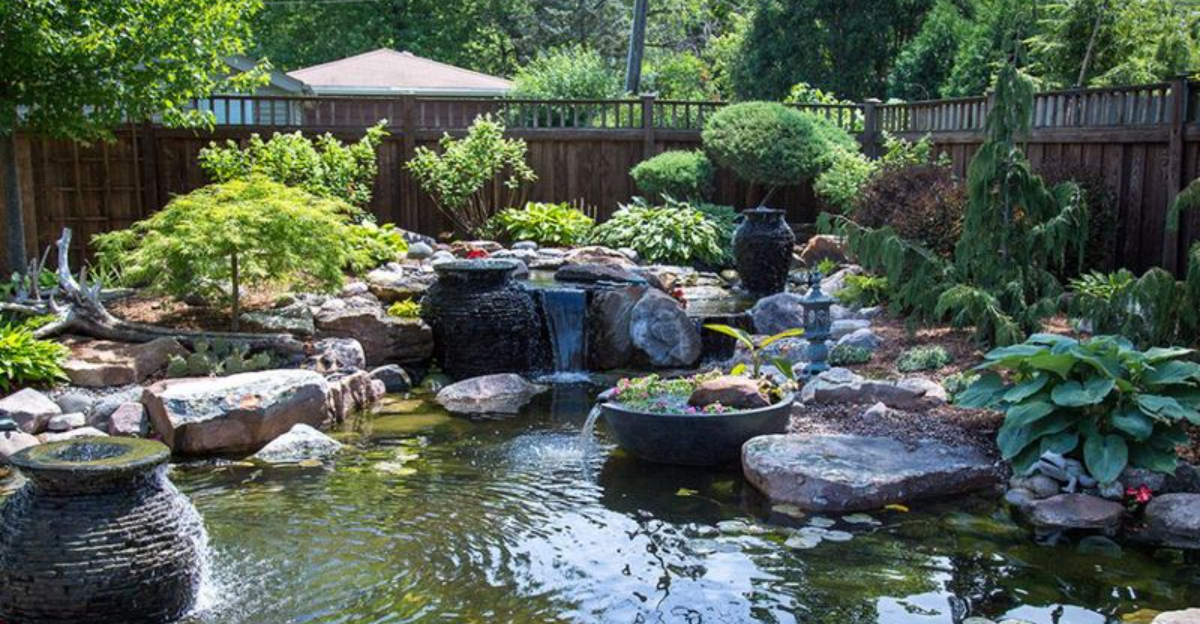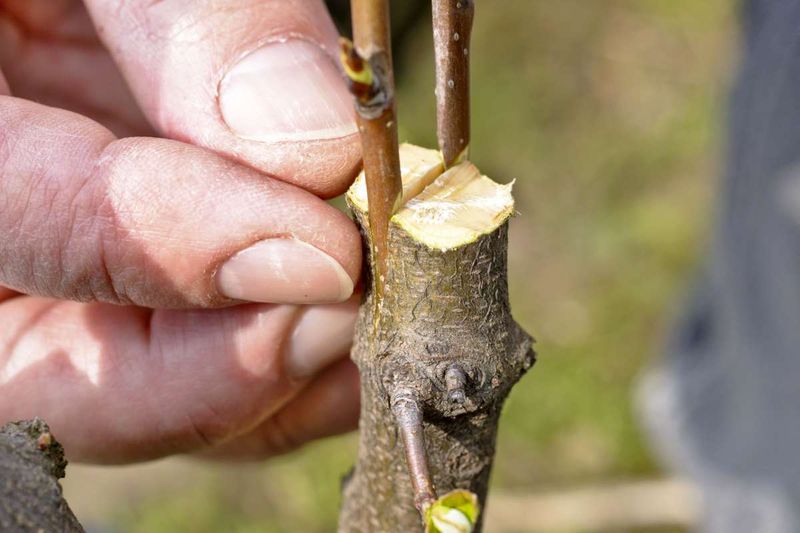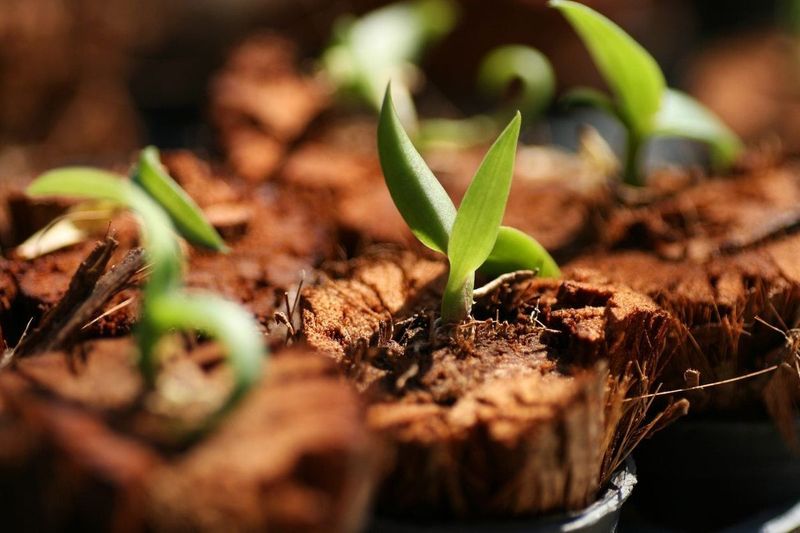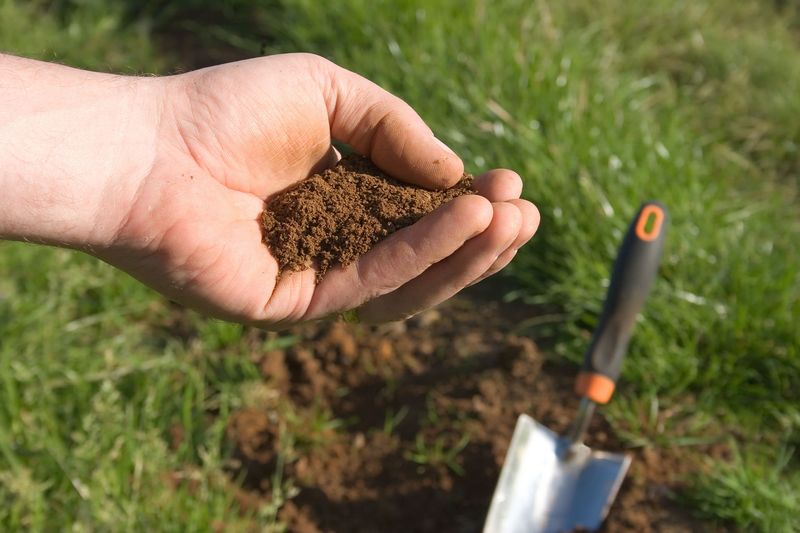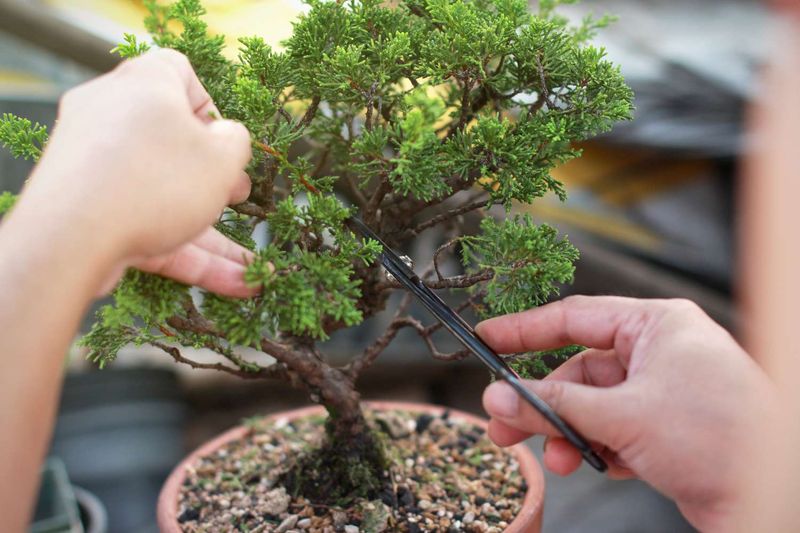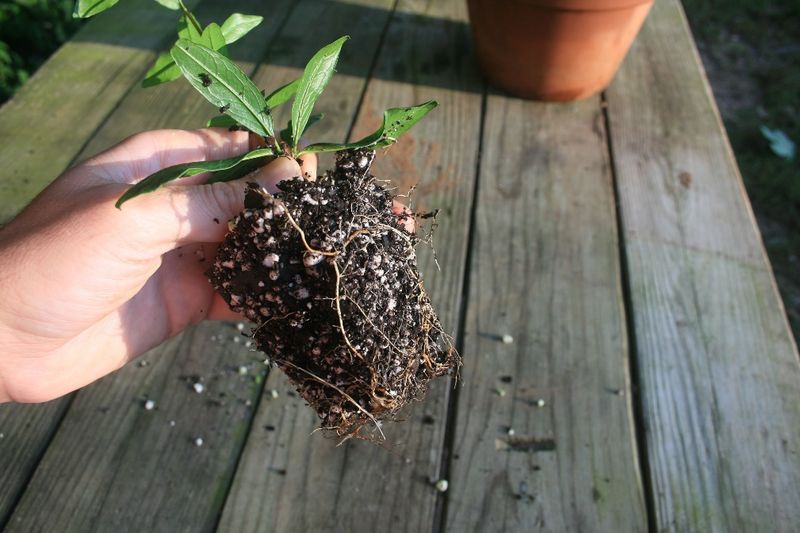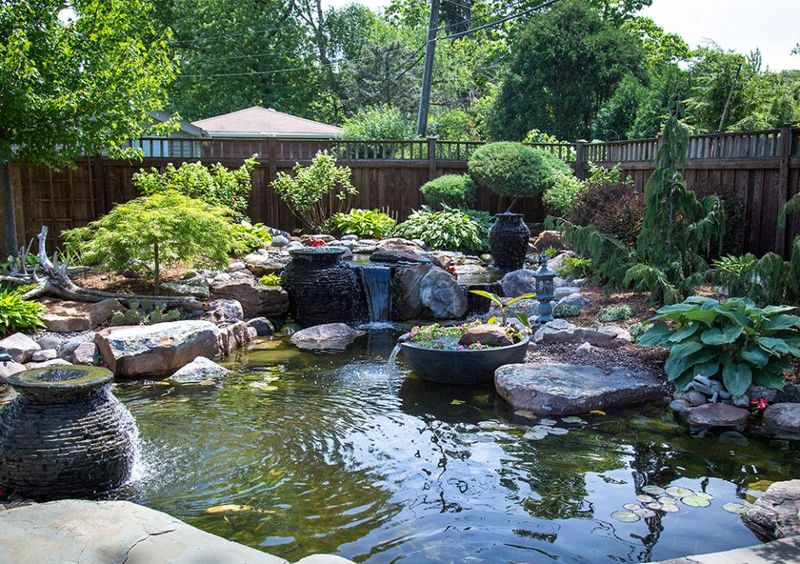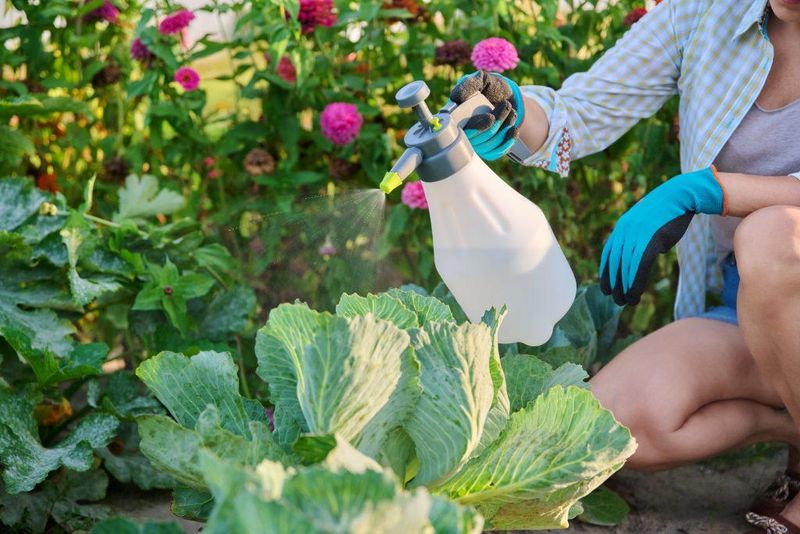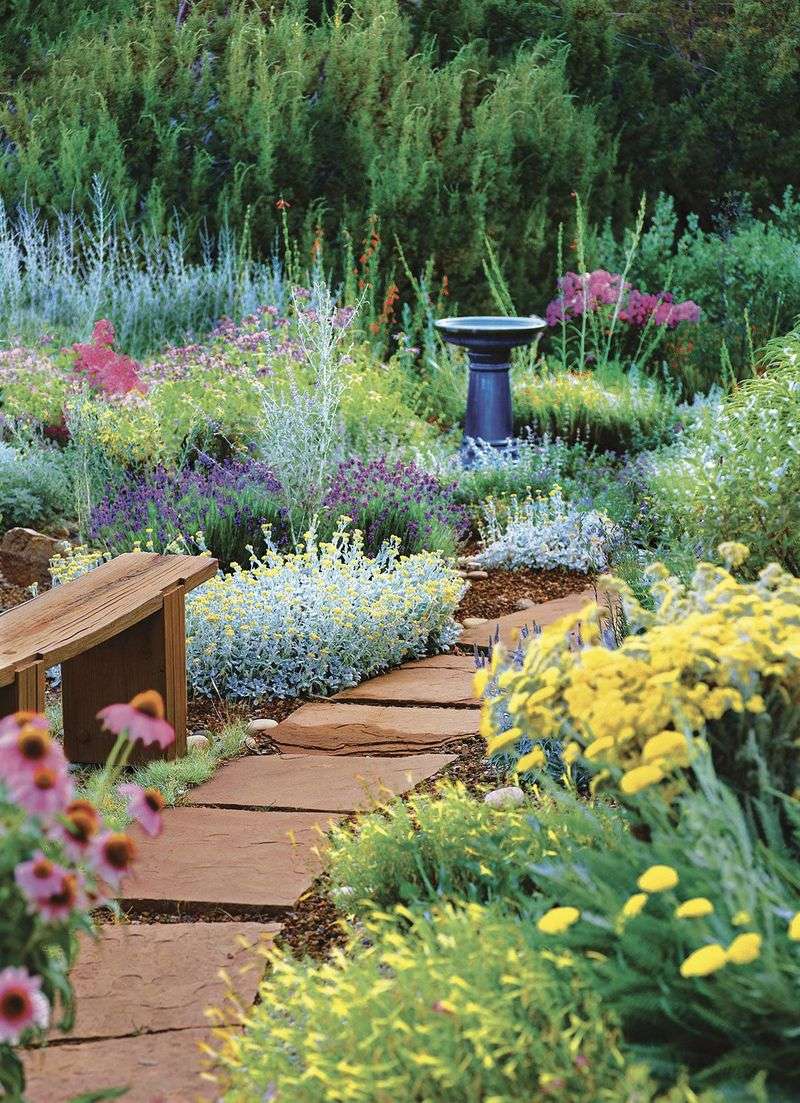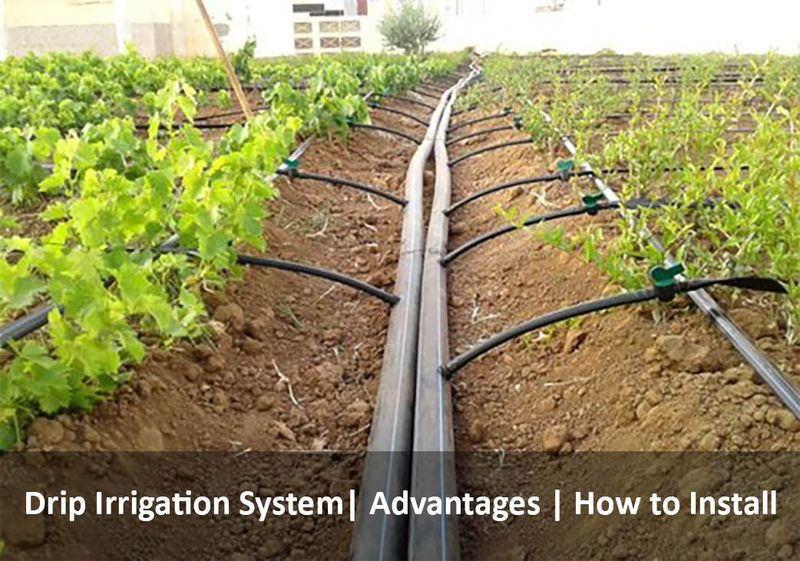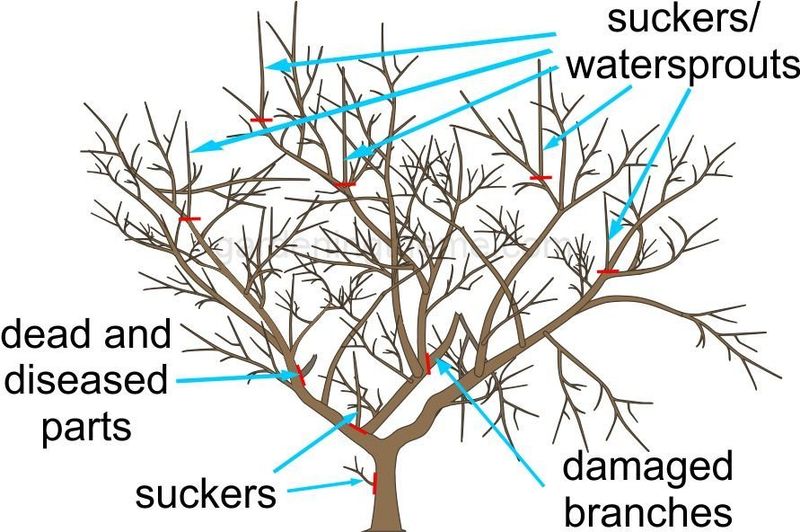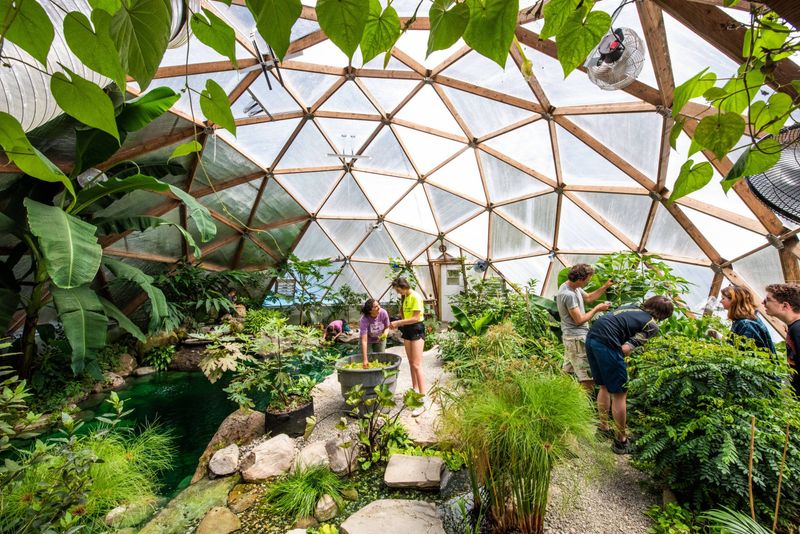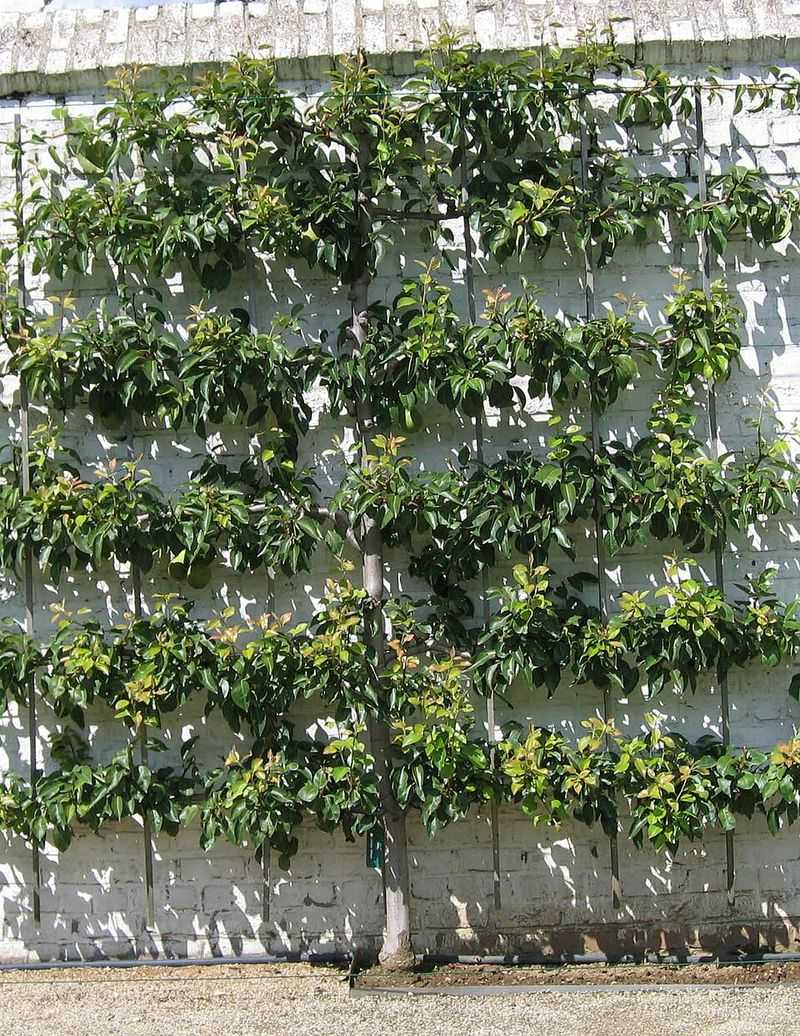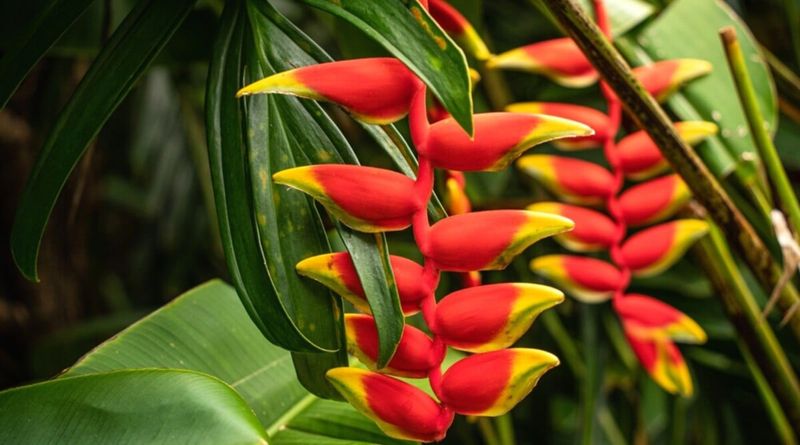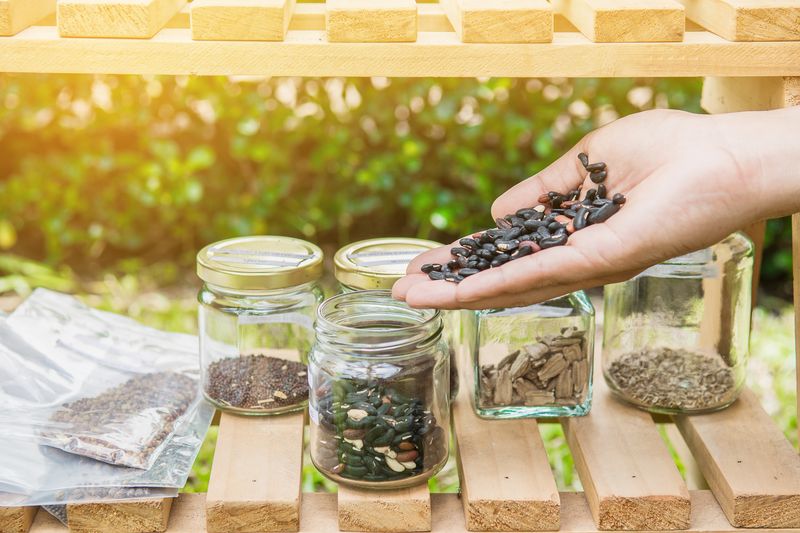Gardening can be a rewarding pastime, but not all tasks are suited for beginners. Some require a deep understanding of horticulture, specialized skills, or a willingness to tackle intricate and demanding processes.
In this guide, we’ll explore 15 gardening tasks that are more suited for those with experience. From grafting plants to managing pests organically, these challenges will test your gardening prowess and potentially reward you with stunning results.
So, if you’re ready to elevate your gardening game, let’s explore these advanced tasks that aren’t for the faint-hearted.
1. Grafting Plants
Grafting plants necessitates precision and timing, as it involves the joining of two plant parts so they grow as one. This task requires a steady hand and an understanding of plant compatibility.
The process includes selecting suitable rootstock and scion, making precise cuts, and securing the joint. A successful graft can lead to stronger plants with desired traits. However, it’s not without risks; incorrect technique or timing can result in failure.
Experimentation and practice are key, so don’t be discouraged by initial setbacks. Instead, learn from each attempt to master this artful skill.
2. Growing Orchids from Seed
Growing orchids from seed is a meticulous process that demands sterile conditions and knowledge of specific symbiotic fungi. Orchids require a fungus to germinate, making this task challenging and not for beginners.
The process begins with obtaining viable seeds and creating a sterile environment for germination. Patience is essential, as growth can be slow and unpredictable.
However, successfully growing orchids from seed can be incredibly rewarding, offering a unique opportunity to cultivate these exotic beauties. For those willing to invest the time and effort, the results can be nothing short of spectacular.
3. Soil Testing and Amending
Soil testing and amending involves analyzing soil pH and nutrient content, interpreting results, and adjusting with the right amendments. This process is crucial for optimal plant growth but requires an understanding of soil chemistry.
Testing kits or professional services provide insights into soil conditions. Once identified, gardeners can amend the soil with lime, sulfur, compost, or fertilizers to correct deficiencies.
This task demands attention to detail, as over-amending can harm plants. By mastering soil amendments, gardeners can create a thriving environment tailored to plant needs, ensuring healthy growth and bountiful harvests.
4. Bonsai Shaping and Care
Bonsai shaping and care demand patience and meticulous attention. This ancient art involves careful pruning, wiring, repotting, and root pruning to maintain the miniature size and shape of bonsai trees.
Understanding the growth patterns and seasonal needs of different species is essential. It’s a contemplative practice that can be both calming and challenging. Mistakes can take years to correct, making each decision critical.
Bonsai enthusiasts often find satisfaction in the delicate balance between nature and human intervention, resulting in living works of art that evolve over time with dedicated care.
5. Creating and Maintaining Topiary
Creating and maintaining topiary requires years of trimming to train plants into specific shapes. This art form demands precision, creativity, and patience, as one wrong snip can ruin months of growth.
The process begins with selecting suitable plants and using frames or guides to shape them. Regular trimming and care are necessary to maintain the desired form. This task is ideal for those with an artistic flair and a love for horticulture.
The results can be stunning, transforming ordinary gardens into whimsical landscapes. Mastery of topiary is a rewarding pursuit for those willing to invest time and effort.
6. Propagation of Difficult Plants
Propagation of difficult plants involves specialized methods like air layering or hormone treatment to encourage rooting. Some plants, such as rare ferns or hardwood shrubs, resist conventional propagation techniques.
Success requires understanding plant biology and patience to experiment with different methods. Air layering involves creating a wound on a plant stem and encouraging roots to form. Hormone treatments can stimulate growth but must be applied correctly.
This task is suited for those who enjoy experimentation and problem-solving. Successfully propagating challenging plants can lead to unique additions to your garden and a sense of accomplishment.
7. Water Garden or Pond Installation
Installing a water garden or pond is a complex task that requires balancing water chemistry, selecting plants, and setting up pumps. The process involves digging, lining, and filling the pond, followed by choosing suitable aquatic plants and possibly fish.
Regular maintenance is crucial to keep the ecosystem balanced, preventing algae overgrowth and ensuring clean water. Understanding water chemistry and plant needs is essential.
This task is ideal for those who enjoy water features and are willing to invest time in maintenance. A well-installed pond can become a tranquil garden centerpiece, providing habitat for various wildlife.
8. Managing Pest & Disease Organically
Managing pests and diseases organically requires a deep understanding of pest life cycles and natural control methods. Instead of relying on chemical pesticides, organic gardeners use companion planting, beneficial insects, and natural sprays to control infestations.
This approach promotes biodiversity and environmental health but demands vigilance and knowledge. Identifying early signs of pest problems and intervening promptly can prevent damage.
Organic methods often require more time and effort than conventional ones but offer sustainable solutions. For those committed to eco-friendly gardening, mastering organic pest management can lead to a healthier and more resilient garden.
9. Designing a Year-Round Blooming Garden
Designing a year-round blooming garden involves careful plant selection to ensure overlapping bloom times and coordinated color palettes. This task requires knowledge of plant blooming cycles, sun exposure, and soil needs.
Gardeners must plan meticulously, choosing plants that provide continuous interest throughout the seasons. This involves mixing perennials, annuals, and bulbs to create a dynamic and ever-changing garden.
Understanding plant compatibility and seasonal requirements is crucial. The result is a garden that offers visual delight year-round, rewarding the planner with vibrant colors and diverse textures. Achieving this requires skill, patience, and a love for design.
10. Installing and Maintaining Drip Irrigation Systems
Installing and maintaining drip irrigation systems involves planning water zones, regulating pressure, and laying out tubing. This method conserves water and delivers it directly to plant roots.
The process requires understanding garden layout and plant water needs. Regular maintenance is essential to prevent clogs and ensure efficiency. This system is ideal for gardeners looking to save time and resources while ensuring optimal plant hydration.
Familiarity with plumbing tools and techniques can be beneficial. Once mastered, drip irrigation can lead to healthier plants and reduced water usage, making it a valuable skill for sustainable gardening practices.
11. Pruning Fruit Trees Properly
Pruning fruit trees properly is crucial for maintaining tree health, shape, and yield. This task demands an understanding of tree growth patterns, timing, and pruning techniques. Improper pruning can lead to poor fruit production and disease.
Gardeners must identify which branches to remove and when, ensuring that sunlight and air reach the tree’s interior. Each cut needs precision and purpose. This practice is essential for those growing fruit trees and seeking abundant harvests.
Experience and knowledge are key, as mastering tree pruning can significantly enhance both the tree’s life and the quality of its fruit.
12. Creating a Greenhouse Ecosystem
Creating a greenhouse ecosystem involves controlling temperature, humidity, airflow, and light to support year-round plant growth. This task requires an understanding of plant needs and environmental controls.
A successful greenhouse provides a stable environment for growing a wide range of plants, including exotic and out-of-season varieties. Regular monitoring and adjustments are necessary to maintain optimal conditions.
This endeavor suits those who enjoy technology and gardening, as it combines both to create a thriving plant habitat. The ability to grow plants year-round offers both challenges and rewards, making it an appealing project for dedicated gardeners.
13. Espalier Training
Espalier training sculpts a tree to grow flat against a wall, requiring years of training and pruning. This technique saves space and can enhance garden aesthetics. Gardeners must select suitable trees and install supports to guide growth.
Regular pruning shapes the tree, directing branches along the desired pattern. This task demands patience and vision, as it can take years to achieve the desired effect. Espalier-trained trees can become striking garden features, offering both beauty and fruit.
Mastery of this art form can lead to unique and functional garden designs, appealing to those with a love for aesthetics and innovation.
14. Growing Exotic or Tropical Plants in Temperate Climates
Growing exotic or tropical plants in temperate climates involves creating microclimates, overwintering strategies, and often moving plants indoors and outdoors. These plants require specific temperature and humidity levels to thrive.
Gardeners must understand the needs of each species and adapt to changing seasons. This task demands careful planning and sometimes innovative solutions, such as using greenhouses or indoor grow lights during cold months.
Successfully cultivating exotic plants can transform a garden into a tropical oasis. Enthusiasts who enjoy experimenting with different plant types will find this challenge rewarding, adding diversity and interest to their gardens.
15. Seed Saving and Heirloom Preservation
Seed saving and heirloom preservation require isolating varieties, correct storage, and understanding plant genetics. This practice involves collecting seeds from open-pollinated plants, ensuring they are true-to-type.
Proper drying and storage are crucial to maintain viability. This task is ideal for those interested in preserving plant diversity and heritage. By saving seeds, gardeners can ensure a supply of unique and resilient plants.
It also offers a connection to gardening traditions and a sustainable way to cultivate favorite varieties. For those passionate about biodiversity, mastering seed saving can contribute to preserving plant history and enhancing garden diversity.
